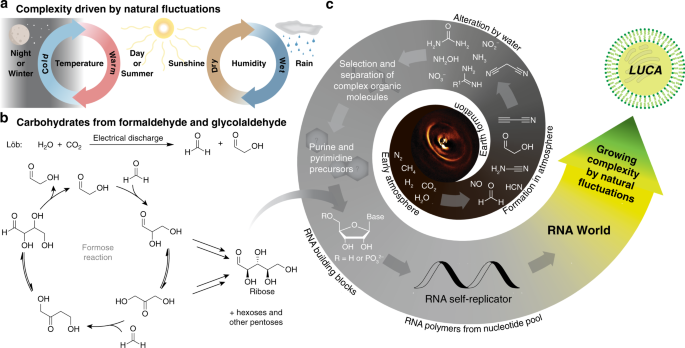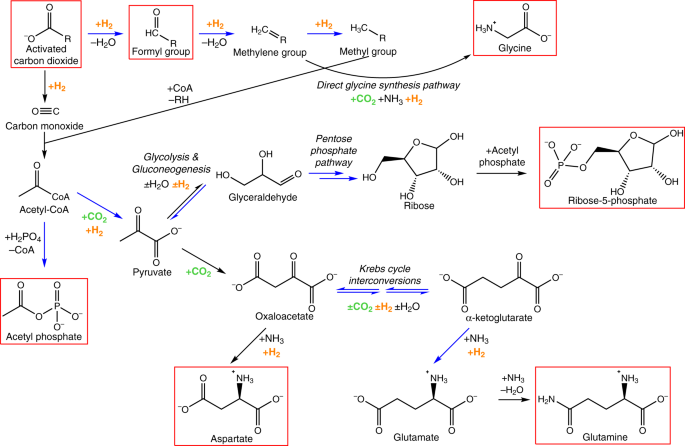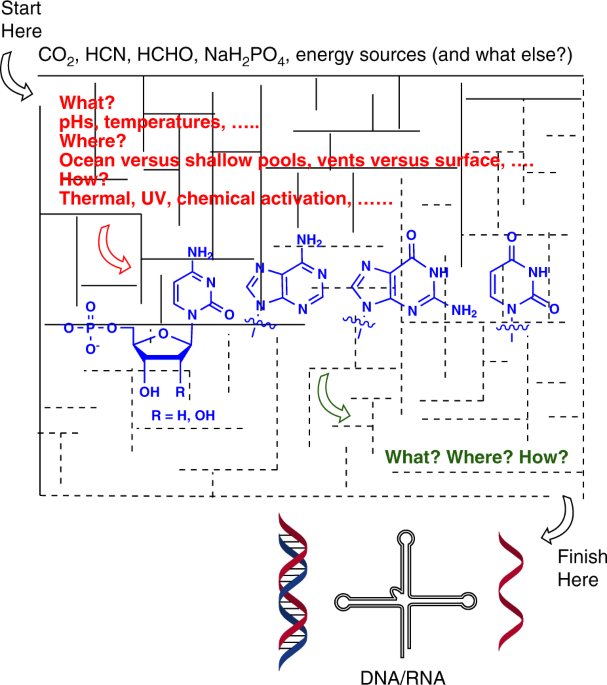Abstract
The role of trees in city cooling has warranted much attention based on concerns over climate change and urban expansion. Simultaneously, there is an interest in introducing species from dry habitats to cope with the increasing risks of drought under climate change. The general understanding is that the evolutionary adaptation to respective resource supplies in species' habitats affects their environmental tolerance. The physical performances of six frequently planted species, originating from two contrasting habitats, were tested in a drought experiment. We (1) investigated if species from drier habitats are more drought tolerant than species that have evolved in Central European woodlands under a temperate climate regime and (2) discussed the effect of tolerance on the cooling potential of these trees. Native species from mesic habitats maintained only 48% of their controls sap flux and of these species, Tilia cordata had the worst performance with premature leaf senescence. Species from drier habitats had less reduction in sap flux (60%) but lower stem growth, possibly favouring (fine) root development into deeper soil layers, as observed when comparing linden species. Higher stem water exploitation and stronger regulation of water use at high evaporative demand were further reaction patterns that likely helped species from dry habitats maintain good physiological functions. Therefore, even under sustained drought, we expect them to have a higher cooling capacity. As a conclusion, they should be favoured for planting in extreme urban environments. Systematic screening and testing of promising species from target habitats is recommended to diversify the choice of species.
from Energy Ecology Environment Ambio via Terpsi Hori on Inoreader https://ift.tt/2UCwGkA















